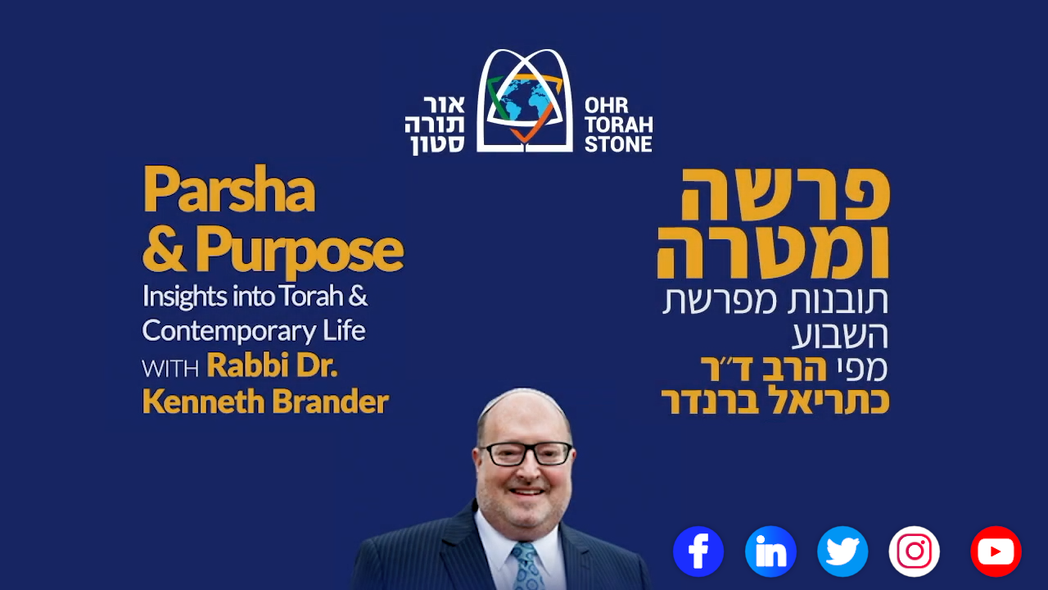What does it mean to be a “Jewish state”?
A state whose laws are based on halacha – Jewish law? Or a state that serves as a homeland for the Jewish People, but which is more “kosher style” regarding halacha?
We are confronted with variations of these questions all the time, such as, for example, the perennial debate about whether or not public transportation should be permitted on Shabbat.
These questions are not just for the philosophers of Facebook and Twitter to debate.
How these and other questions are answered have a real impact on the lives of everyday people, Jewish and non-Jewish, in Israel and all over the world.
Our parsha, Parshat Ekev, provides guidance on how we might view this very sensitive issue.
Two arks accompanied the Jewish People, the second of which we learn about for the first time in this week’s Torah portion:
“V’Asita Lecha Aron Eitz,” “Make a wooden ark.” [Deuteronomy 10:1]
Moshe reports that in bringing down the second set of tablets from Sinai, God commands him to make a wooden ark to house the shattered first set of tablets.
Why do we need this additional ark, made of wood? Was not the beautiful one, built by Betzalel from wood and overlaid with gold, sufficient?
Rashi and Tosafot explain that in fact each ark had a distinct role. [Rashi on Deuteronomy 10:1, Tosefta Sotah 7:18]
The golden ark, containing the fully whole second set of tablets, remained permanently within the private domain of the Tabernacle and the Temple.
In contrast, the wooden ark was brought into the public domain – specifically in times of war and challenge.
The golden ark in the private domain represents uncompromising permanence; the responsibility of ensuring that the Jewish spiritual experience remains complete and whole – much like the second set of tablets housed within.
But we ALSO have a responsibility, particularly in the State of Israel, to bring the ark into the public domain, to engage Judaism with society.
This is symbolized by the wooden ark, housing the broken luchot, that was brought into the public domain at challenging times to serve as a unifying symbol of hope and purpose.
The Shattered Luchot symbolize that there are challenges and sometimes even setbacks, when Torah engages in the public domain.
But it was never used as a coercive symbol to divide the camp of the Jewish people.
People are looking for meaning and purpose in Judaism, but they are not interested in being told HOW to do IT or HOW TO believe.
And we’ve seen this at Ohr Torah Stone. Our engagement with 400,000 secular Israelis every year at dozens of local community centers and parks where we share the beauty of our [Jewish] heritage and tradition, we do so in a spirit of acceptance, without any attempt to coerce.
Our engagement with Jews in the larger society must be based on love and shared destiny, without preconceived notions of where their journey will take them.
Ultimately, this is perhaps the most constructive way of helping shape the conversation of what it means to be a “Jewish state.”
May we succeed in this sacred responsibility.
Shabbat Shalom.




